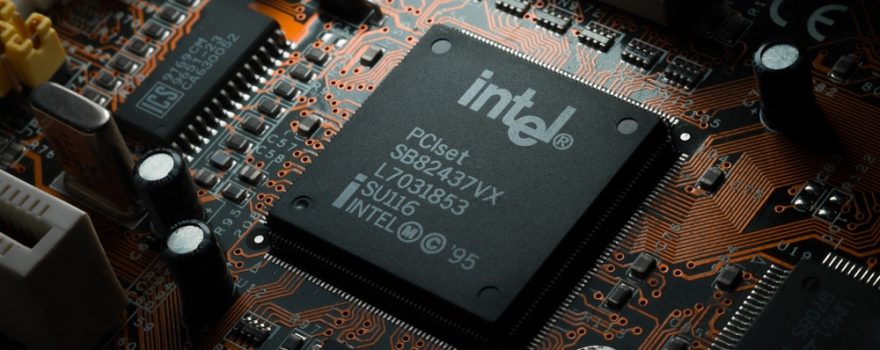
Intel is poised to revolutionize chipmaking with its groundbreaking PowerVia technology, a radical shift in how chips are designed and powered.
Traditionally, computer chips were constructed layer by layer from the bottom up, starting with tiny transistors and adding layers of wires for power and interconnection. However, as chips have become smaller and denser, this approach has led to complex and inefficient designs, impacting chip performance.
Intel recognized these issues and embarked on a decade-long research and development journey to find a solution. The answer lies in “backside power,” a method that moves power wires to the underside of the chip, leaving the front side focused solely on interconnection.
Intel’s solution, PowerVia, represents a significant departure from conventional chip manufacturing. It begins with the construction of transistors and interconnect layers, followed by flipping the wafer and exposing the bottom layer for power connections. This innovative approach streamlines the power delivery path, enhancing chip efficiency.
The advantages of PowerVia are compelling. Removing power wires from the front side allows for more efficient interconnect layers, resulting in improved performance. The technology reduces manufacturing complexity, making it cost-competitive with traditional methods.
Intel’s test chip, Blue Sky Creek, built with PowerVia, demonstrated remarkable results. It not only improved power delivery and signal wiring but also boosted frequency by over 5% and cell density by over 90%, all with acceptable debug times.
One of the most significant challenges was debugging chips with transistors in the middle. Intel’s team overcame this hurdle, ensuring that PowerVia’s introduction into silicon production will be seamless.
PowerVia is set to debut with Intel’s 20A node in 2024, positioning Intel as a leader in backside power technology. Competitors are expected to lag behind by approximately two years. The first consumer experience of PowerVia will come with Arrow Lake, a next-generation Intel processor built using the Intel 20A process, promising unprecedented efficiency and performance.
Intel’s PowerVia marks a significant leap forward in chipmaking, promising more efficient, powerful, and cost-effective processors for the future.

 Get in Touch
Get in Touch 


